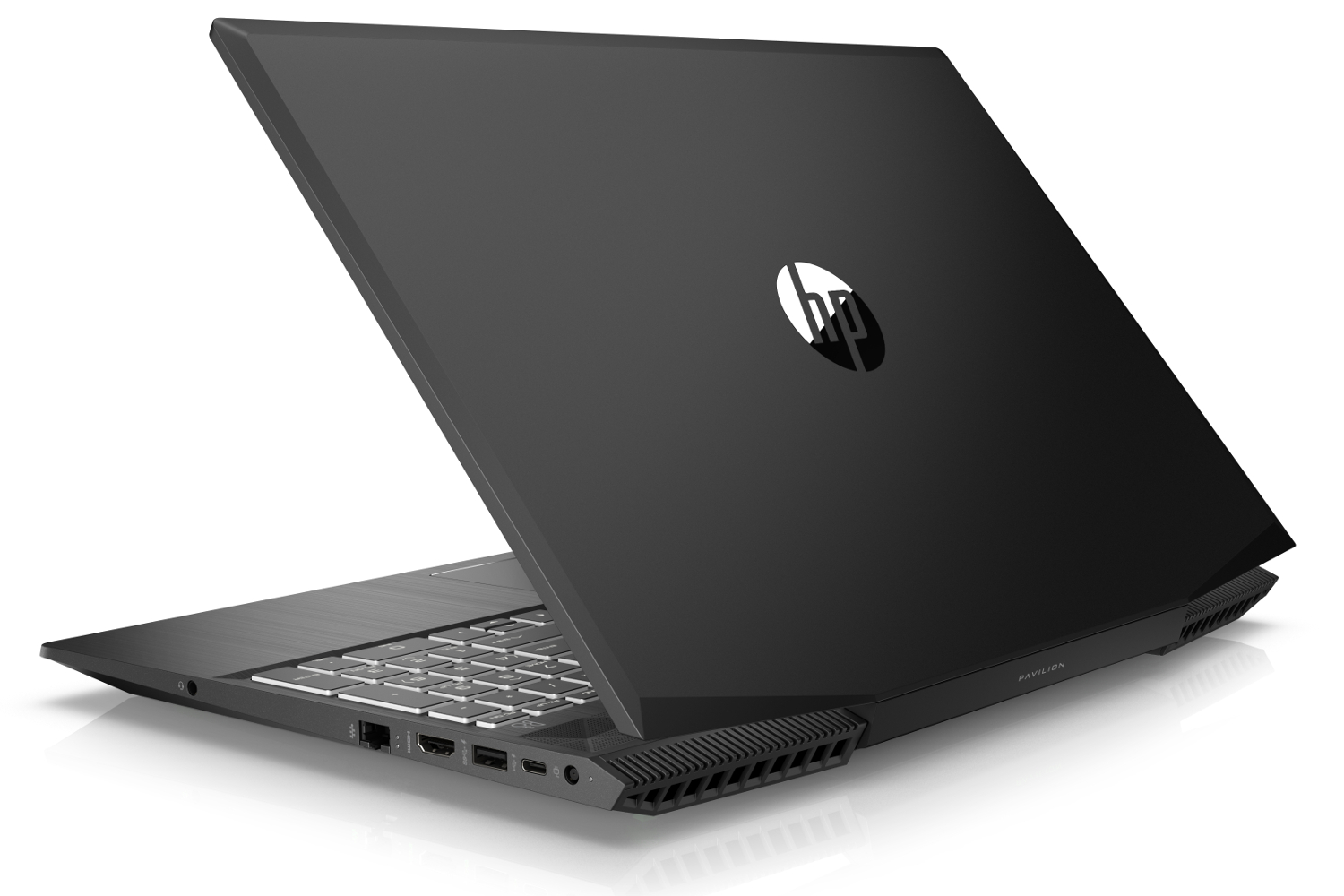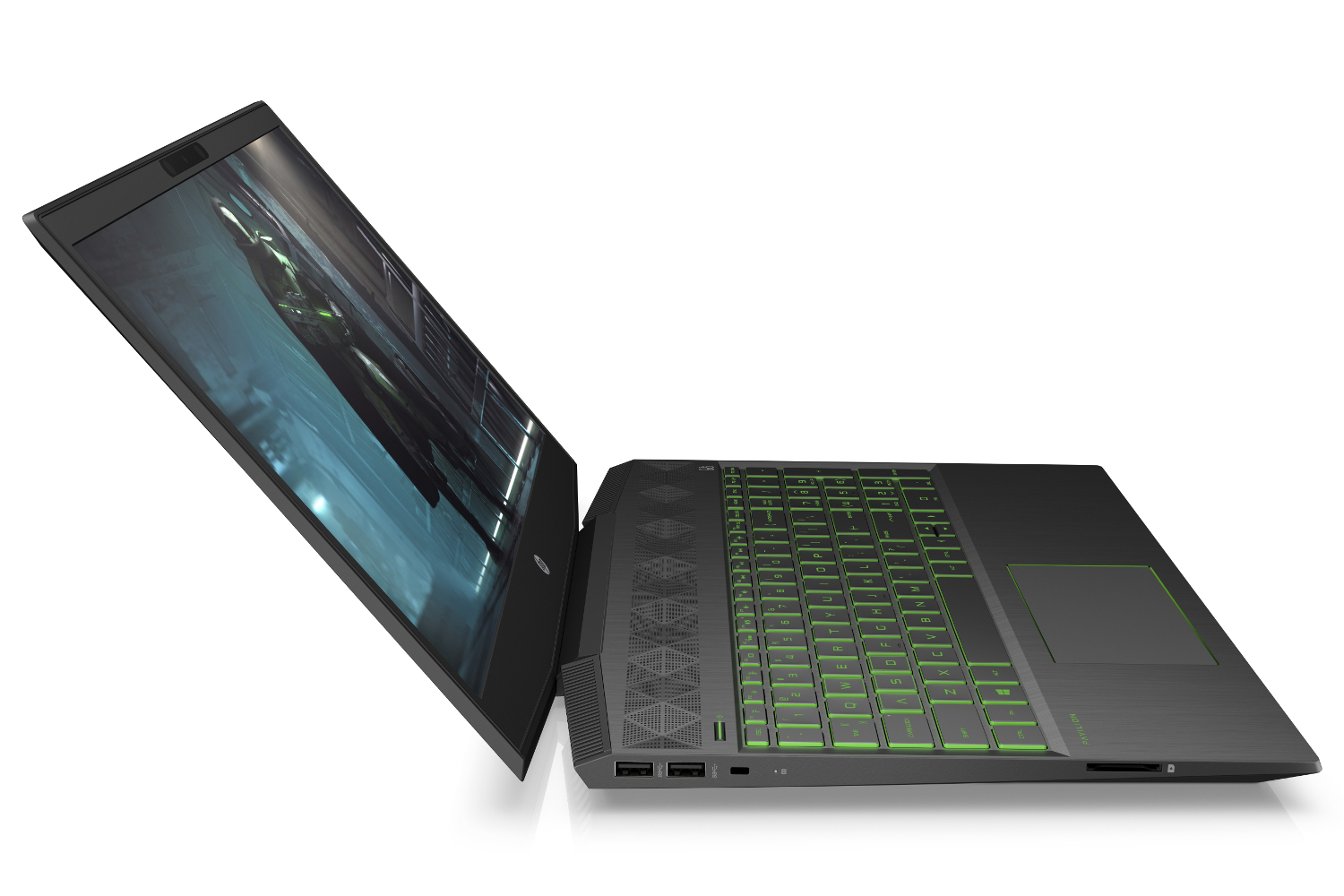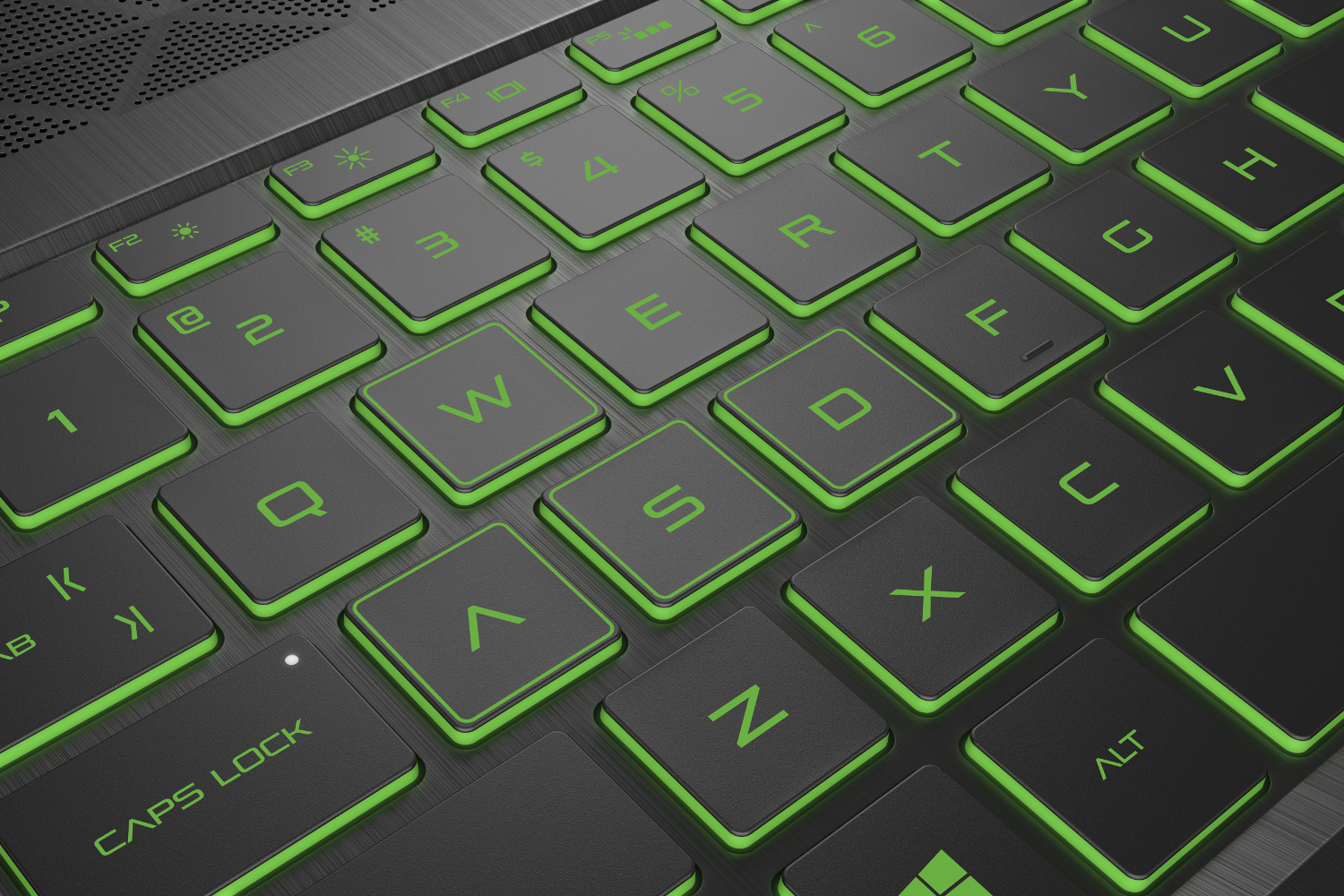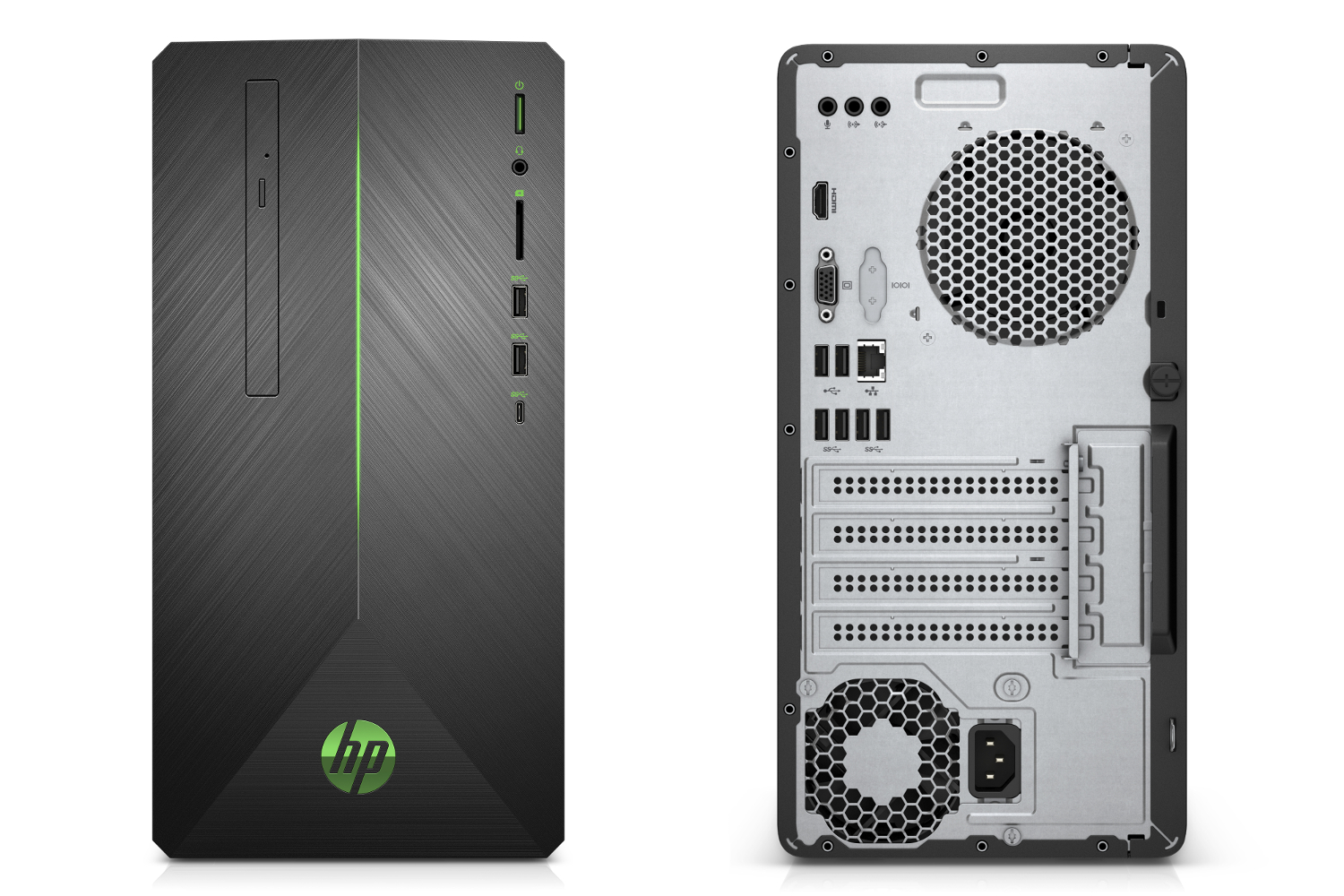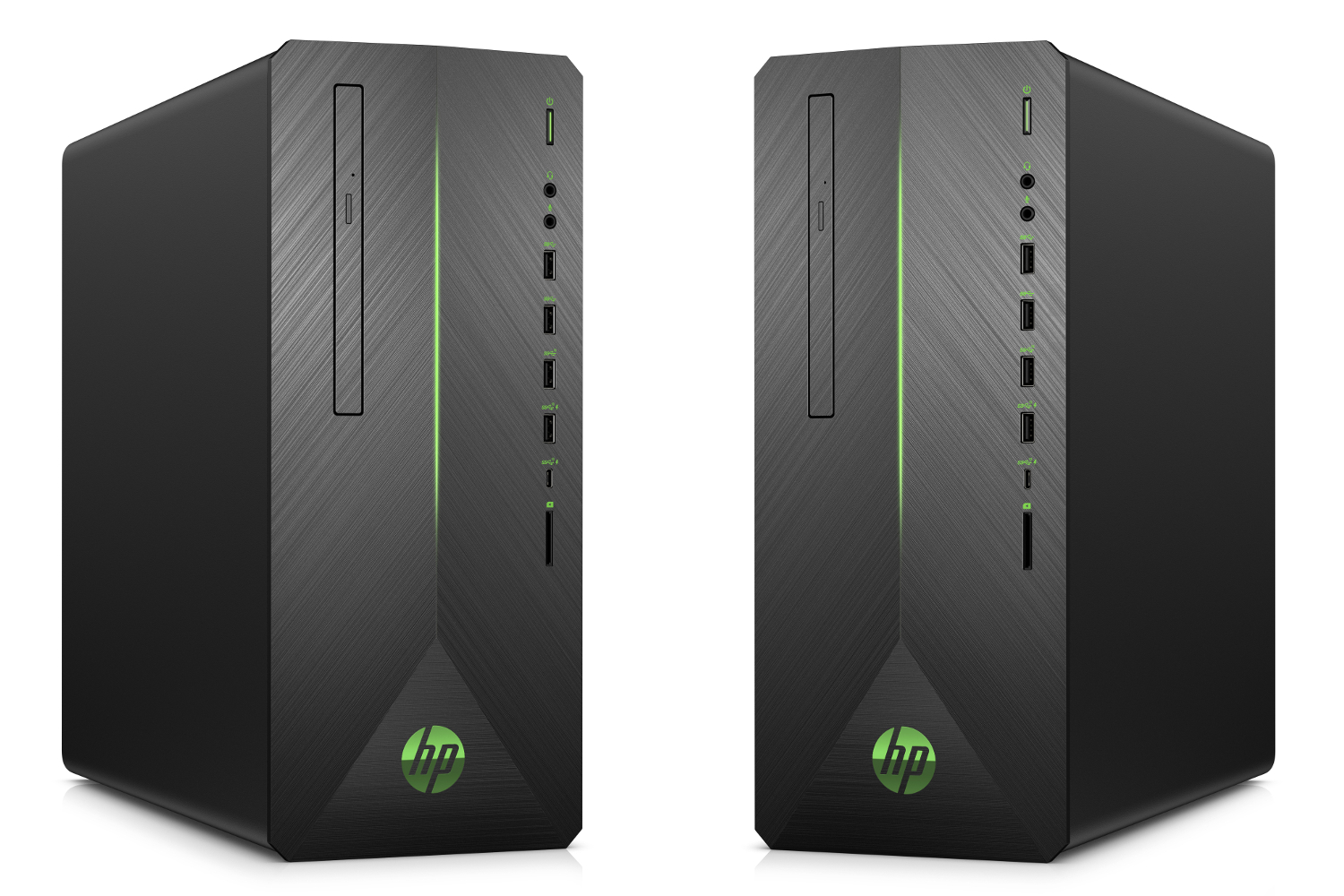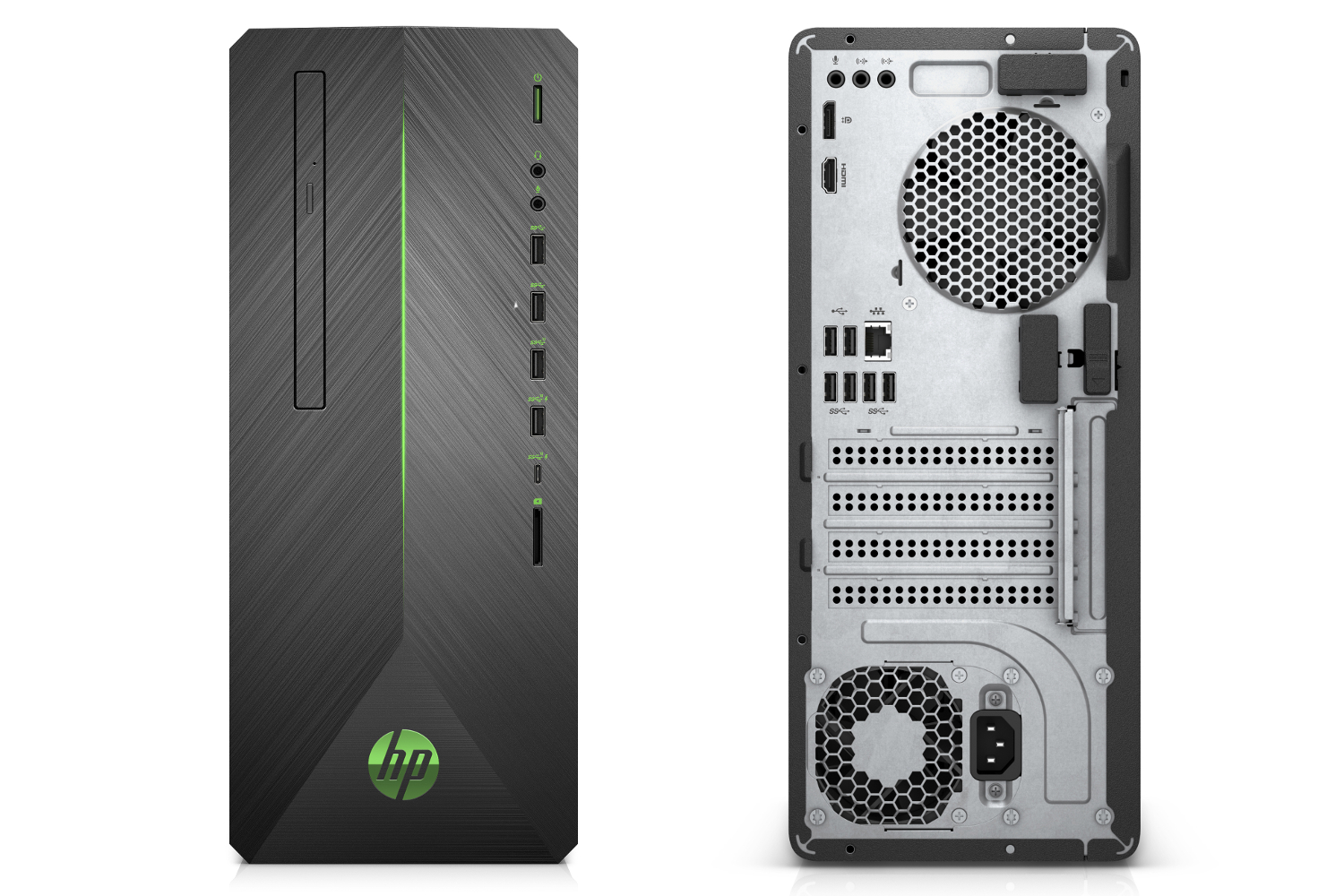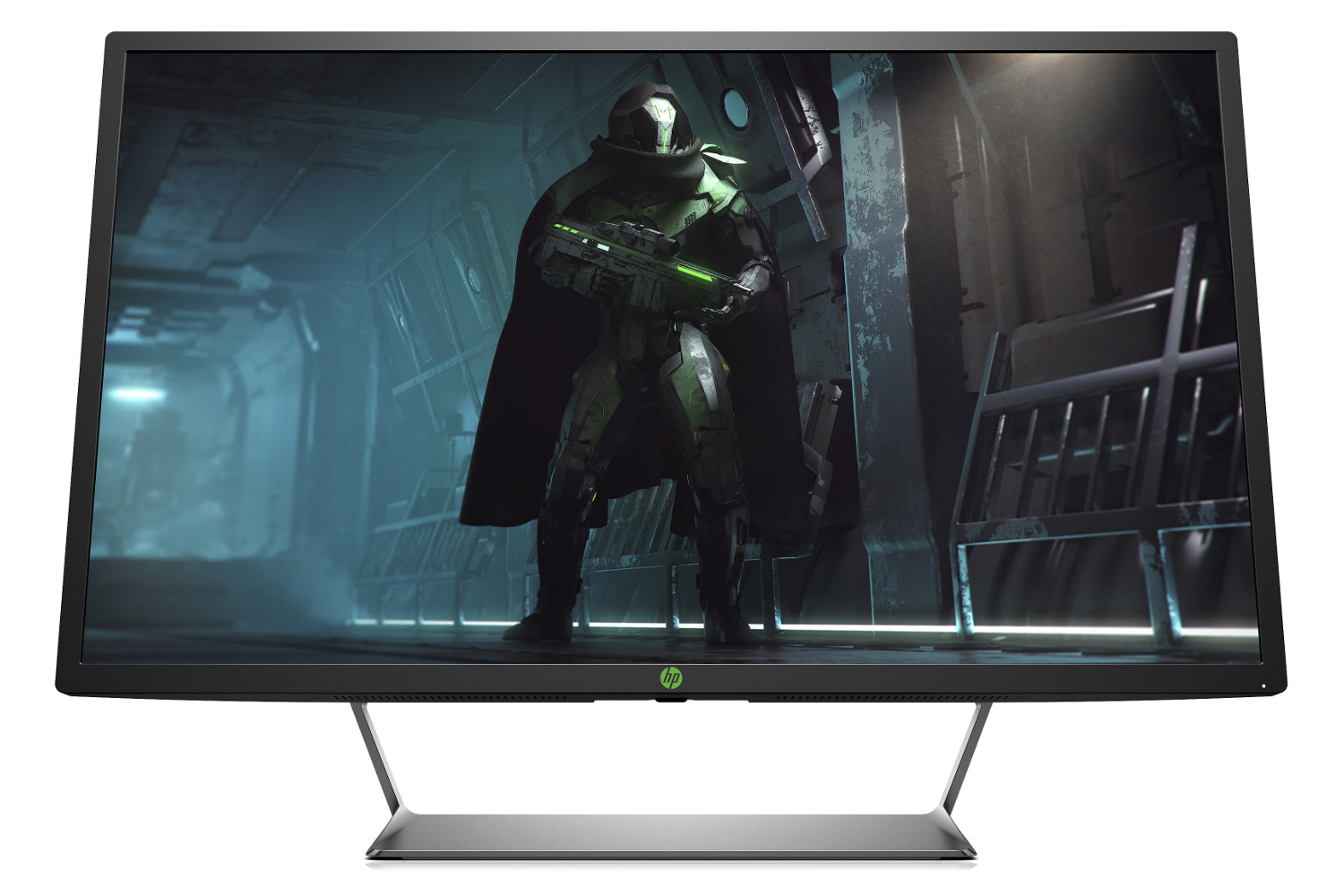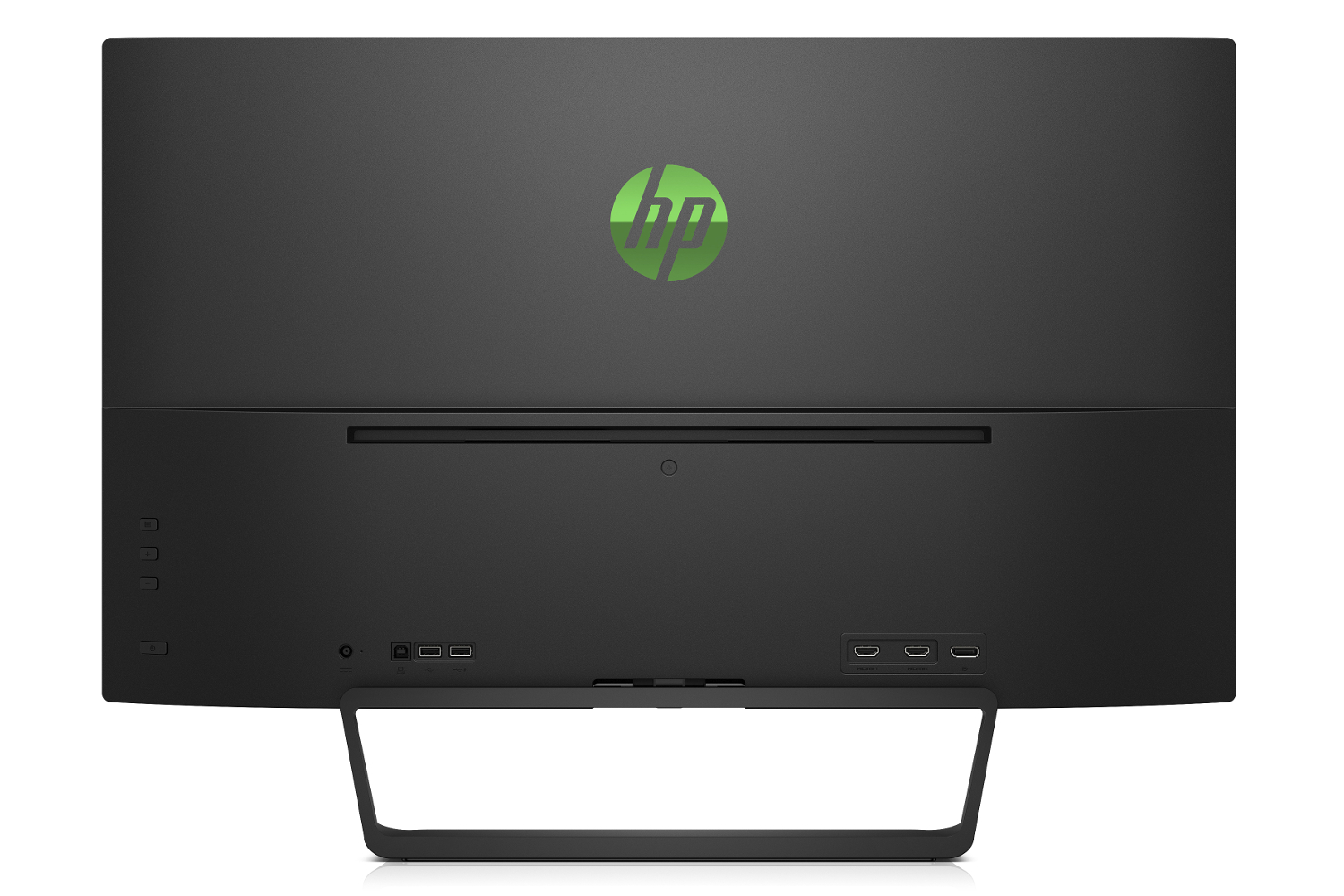On Wednesday, April 11, HP introduced a new family of laptops, desktops, and an AMD FreeSync display built for gamers. Aptly named the Pavilion Gaming Series, you will find a plethora of options based on the latest processors from AMD and Intel along with discrete graphics provided by Nvidia and AMD. The new laptop line has a starting price of $799, targeting mainstream gamers on a tight budget. Meanwhile, the desktops start at a mere $549 and are served up in small form factor and standard tower sizes.
Let’s dig in!
Laptops
In the overall big picture, these new laptops replace HP’s Pavilion Power family. They are at the bottom of the company’s gaming totem pole to serve its mainstream audience. The Omen family is your next step up providing better hardware at a higher price for those who want smooth high-resolution gameplay. Meanwhile, the Omen X laptops are at the top for enthusiasts, stuffing in the latest high-performance hardware for a hefty price. HP says it uses the “Pavilion Gaming” brand with these new laptops so they won’t be confused with the other Omen products.
Key Specs
- Screen size: 15.6 inches
- Resolution: Full HD or UHD
- Processor: Up to Core i7-8750H
- Graphics: AMD or Nvidia
- Memory: 8GB
- Storage: Single and dual options
- Connectivity: Wireless AC, Bluetooth
- Weight: About 5.18 pounds
- Starting price: $799
- Availability: May/June
According to HP, the company designed its new Pavilion gaming laptops with a more efficient airflow by placing the cooling fans on each side of the laptop versus bunching them together in the middle. The laptops also incorporate an angular design focused on venting along with narrow screen bezels (9.8mm on the sides, 16.14mm on the top) and a geometric-faceted speaker grill.
Under the hood, you will find up to an eighth-generation Core i7-8750H six-core processor, with other CPU options including Intel’s four-core U-series chips and four-core H-series CPUs. On the graphics front, you will see up to an AMD Radeon RX 560X discrete graphics chip, or up to a Nvidia GeForce GTX 1060 GPU with Max-Q technology. Two configurations provided by HP include the GTX 1050 Ti with 4G of dedicated graphics memory.
As for the screens, they are based on in-plane switching technology and either sport a 1,920 x 1,080 resolution at 60Hz or 144Hz, or a 3,840 x 2,160 resolution at 60Hz. Backing the visuals is system memory clocked at 2,666MHz with an unknown maximum amount (configurations show one 8GB DDR4 stick), and a wide variety of storage options spanning single and dual storage configurations using stick-shaped solid-state drives and small mechanical hard drives. Intel’s Optane memory is also an option.
Several provided specifications show a choice of Intel or Realtek-based Wi-Fi components, dual speakers with B&O Play, an HP Wide Vision HD webcam, and an island-style backlit keyboard with Ghost White (Intel Core U-Series only), Acid Green, and Ultraviolet color options and “dome” keys. The port complement includes Ethernet, USB-C, two USB-A ports, an SD card slot, and a microphone/headphone combo jack.
Here are the starting points:
- Select markets — Core i5-8250U / 1080p @ 60Hz / GeForce GTX 1050 (price not given)
- $799 — Core i5-8300H / 1080p @ 60Hz / Radeon RX 560X
- $909 — Core i5-8300H / 1080p @ 60Hz / GeForce GTX 1050 Ti
- $1,019 — Core i7-8750H / 1080p @ 144Hz / GeForce GTX 1060 Max-Q
Desktops
Like the new Pavilion Gaming laptops, HP is targeting mainstream gamers with its new Pavilion Gaming desktops. They’re at the bottom of HP’s three-tier portfolio with the Omen series targeting the performance-per-price high-resolution gaming audience (mid-tier) and the Omen X sitting at the top, offering everything HP can stuff into a desktop for a premium price (high-tier).
Key Specs
- Processor: Intel Core and AMD Ryzen
- Graphics: AMD or Nvidia
- Memory: Up to 64GB DDR4 @ 2,666MHz
- Storage: Up to four devices
- Connectivity: Wireless AC, Bluetooth
- Starting price: $549
- Availability: May/June
With these desktops, HP is serving up two sizes. First, we have the Pavilion Gaming 690 model measuring 13.30 (height) x 11.02 (depth) x 6.69 (width) inches. It supports half-length graphics cards, up to three storage devices, and only two sticks of system memory. Meanwhile, the 790 model measures 14.52 (H) x 14.80 (D) x 6.06 (W) inches. This larger PC supports full-length graphics cards, up to four storage devices, and four system memory sticks.
That said, you can configure the 690 desktop with up to an AMD Radeon RX 580 graphics card, or Nvidia’s GeForce GTX 1060 model. For the 790 model, you can choose up to the Radeon RX 580 graphics card or up to Nvidia’s GeForce GTX 1080 if you prefer Team Green. What is surprising is that HP doesn’t offer AMD’s newer Radeon RX Vega 56 and Vega 64 cards, but rather previous-generation RX 500 Series models. Both PCs only support one graphics card: HP reserves dual-GPU configurations for the Omen desktops.
On the processor front, the 690 model supports up to a second-generation AMD Ryzen desktop processor, and up to one of the latest eighth-generation Intel four- or six-core processors. Meanwhile, the 790 model does not come with an AMD Ryzen processor option: it’s all Intel. Backing these processors is up to 16GB of system memory on the 690 model, and up to 64GB on the larger 790 model.
For example, one list of specifications provided by HP (690-0010) includes AMD’s Ryzen 3 2200G processor, 8GB of system memory, AMD’s Radeon RX 550 graphics card, a DVD burner, and a 1TB hard drive. The USB ports include two USB-A 2.0, seven USB-A 3.1 Gen1, and one USB-C 3.1 Gen1. Meanwhile, another configuration (790-0020) shows an Intel Core i5-8400 processor, 8GB of system memory, Nvidia’s GeForce GTX 1060 graphics card, and a 256GB SSD. The desktop’s USB ports consist of two USB-A 2.0, eight USB-A 3.1 Gen1, and one USB-C 3.1 Gen1.
Here are the starting points:
- $549 — Ryzen 3 2200G / 8GB / Radeon RX 550 (690 model)
- $749 — Core i5-8400 / 8GB / GeForce GTX 1050 (790 model)
- $1,079 — Core i7-8700 / 12GB / GeForce GTX 1060 (690 model)
- $1,699 — Core i7-8700 / 32GB / GeForce GTX 1070
Display
Finally, we have HP’s new Pavilion Gaming 32 HDR display. In a nutshell, it’s an HDR 600-class device, meaning it falls under VESA’s new DisplayHDR certification for desktop monitors. There are three tiers in this certification, throwing HP’s new gaming monitor right in the middle. The panel promises a peak brightness of 600 nits (300 nits typical), a 6,000:1 target contrast ratio, and support for 95 percent of the DCI-P3 color space.
Key specs
- Size: 32 inches
- Type: Vertical Alignment
- Resolution: 2,560 x 1,440 @ 60Hz
- Sync tech: AMD FreeSync
- Aspect ratio: 16:9
- Brightness: 300 nits (typical)
- Contrast ratio: 3,000:1 (typical)
- Response time: 5ms gray-to-gray
- Price: $449
- Availability: May/June
According to HP, the company chose AMD’s FreeSync technology to keep the price low and is reserving Nvidia’s G-Sync technology for its Omen-branded monitors. The specifications show that HP’s monitor supports a QHD resolution at 60Hz, but also shows it supports 75Hz refresh rates too although that may only apply to settings lower than the default QHD resolution.
On the connectivity front, HP’s new monitor provides two HDMI ports, one DisplayPort, and two USB-A 3.1 Gen1 ports. The on-screen display enables you to set your preferences including brightness, contrast, color control, and more. There are two user-assignable modes with six options each backed by the HP My Display Smart Software.

